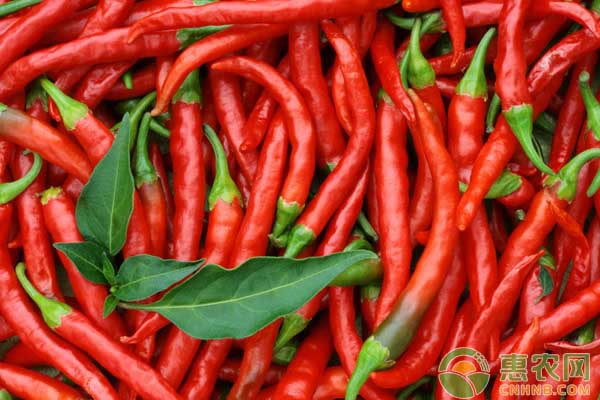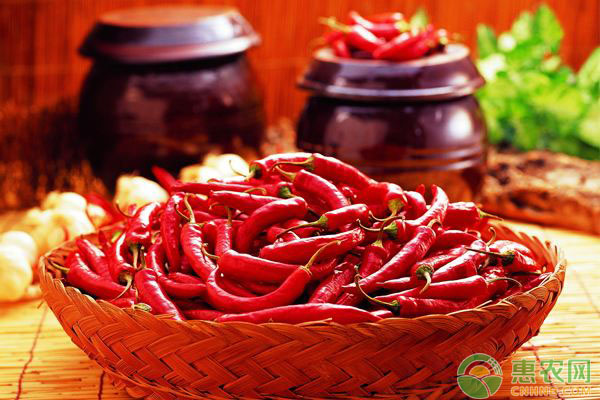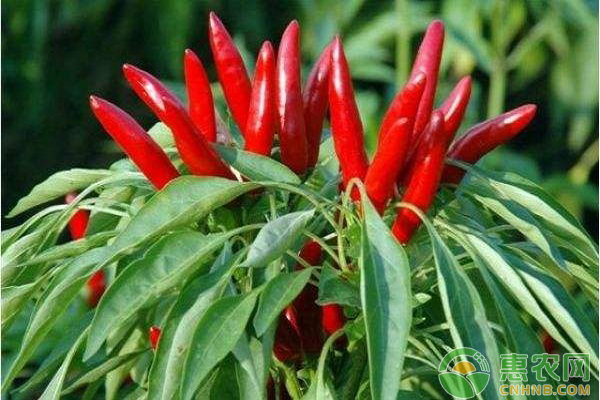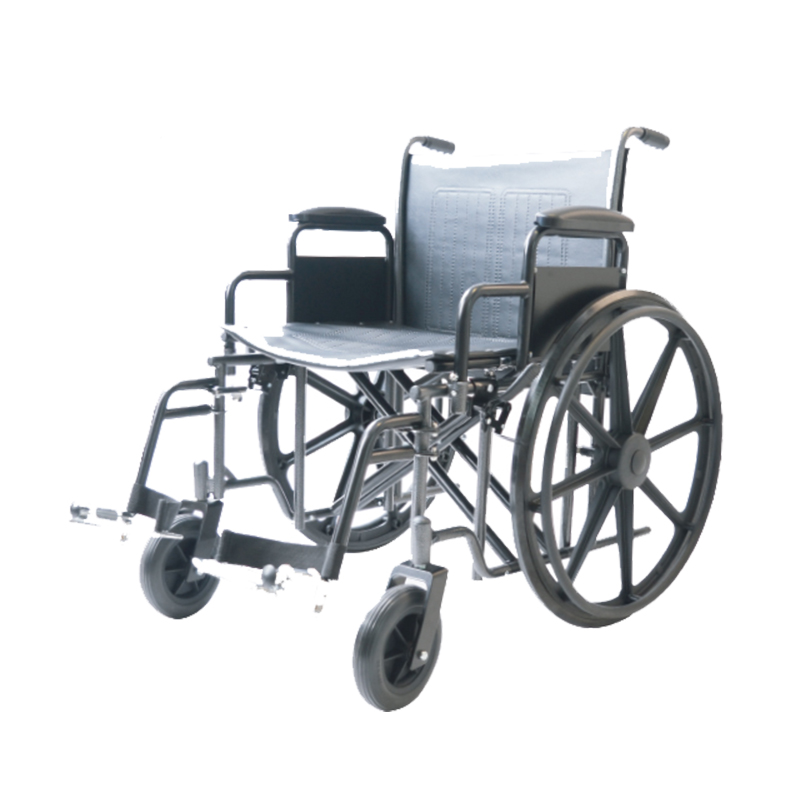The current peppers are becoming more and more popular in the market, and the planting area is getting bigger and bigger. However, in order to obtain high yield, the peppers are nothing more than the following two aspects. As long as the growers do this, the high yield of peppers is not a problem.

What are the specific two aspects? That is the pepper seedling and flowering period. Next, let's share the management issues of these two aspects in detail.
Pepper seedling management:
Many growers reacted, and the problem of not long or dead seedlings after transplanting their own peppers was caused. What caused this? In fact, in addition to the problem of the root of the pepper, if we pull out the peppers of the dead seedlings, you will find that the roots of the peppers have not been rooted at all. The problem of the carrots is mainly due to the soil diseases caused by heavy mites. It causes the resistance of the pepper to weaken, eventually leading to the problem of dead seedlings or dead seedlings. How should our growers control this problem?
Before transplanting: It is recommended that farmers' friends can use carbendazim or biological fungi to carry out roots, thus playing a role in protecting and promoting new roots. For the management after transplanting, because the root system of the pepper is a problem, it is obviously not possible to spray only on the foliar surface. During this time, we should not apply the fertilizer containing nitrogen, phosphorus and potassium. It is recommended to use the fertilizer mainly, and one can use the spore. Bacillus, one acre of land with 500 grams of water, plus 4 kg of bio-promoter together, thus playing a role in root rejuvenation.
For the mid-growth peppers, some growers reacted with the wrinkles of the leaves of the peppers, and the stretchability was not good. In fact, this is also a problem of roots. The roots are too weak to cause calcium deficiency. Many growers are simply foliar sprays. Yes, obviously, the amount is not enough. It is recommended that the growers apply this calcium in the smear state, and use 150 grams to 200 grams per acre to wash with water. Foliar application only serves as a supplement. The most important thing is to make up from the roots.

Chilli flowering management:
The management of pepper flowering period is a key period for the high yield of pepper, so it is also a headache for farmers' friends, that is, the problem of falling flowers and fruits of pepper. There are three main reasons for causing the drop of flowers and flowers:
Disease factors: Capsicum anthracnose, rot disease can cause pepper plants to shrink, poor growth can not be branched, which seriously affects pepper yield. For the control of pepper anthracnose and pepper aphid, it is recommended to spray 70% methyl thiophanate WP 500 times or 75% chlorothalonil WP 600 times. Spray once every 10 days, 2~3 times.
Water and fertilizer factors: Insufficient or excessive soil fertility can also cause peppers to fall and fall. Insufficient soil fertility lacks trace elements, such as phosphorus deficiency, zinc deficiency and other trace elements, which cannot be replenished in time, and wait until the flowering stage of the peppers will cause the flowers to fall. Similarly, if the application of excessive nitrogen fertilizer or lack of phosphorus and potassium fertilizer in the pepper makes the application of NPK imbalance unbalanced, the pepper will cause fall and fruit due to uncoordinated nutrition, and excessive nitrogen fertilizer will easily lead to excessive growth of pepper nutrition.
Environmental factors Chilli flowering period encounters high temperature and dry weather will affect flower bud differentiation, resulting in falling flowers and fruit. The demand for calcium fertilizer and boron fertilizer is large in the flowering period of pepper. Boron fertilizer is beneficial to pollination of pepper. It is recommended that the growers spray the boron element during the flowering stage of the pepper to promote the pollination of the pepper and increase the fruit setting rate.
In order to reduce the flowering and falling of the pepper, it is recommended that you spray gibberellin + indole acetic acid + brassinolide in the early flowering stage of pepper, which can not only promote the growth of pepper roots, but also promote the flower bud differentiation of pepper and improve the resistance of pepper. To reduce the phenomenon of falling flowers and fruit. Some growers may say that some of the plant growth regulators you mentioned can't be bought at all. If you really don't have it, you should also control the drop of the peppers, that is, spraying naphthalene acetic acid during the flowering period of the pepper. Plant regulators are widely used, and they are widely used in agricultural products such as fruit trees and vegetables. However, it should be noted that naphthaleneacetic acid can stimulate plant growth at low concentrations and control the growth and fall of fruit, but at high concentrations, it inhibits plant growth, so spraying Pay attention to the concentration. For pepper plants that start to take a long time, 5% naphthaleneacetic acid can be used, and each 30 kg of water can be sprayed with 3 ml of naphthaleneacetic acid from the top of the plant. For too long, it can be increased to 5 ml per 30 kg of water. , remember not to add water to the agent. Spraying once every 15 days, a total of 3 to 4 times, can significantly improve the resistance of pepper, reduce the drop of flowers, accelerate the expansion of pepper, increase production and income in about 20%.
For the premature aging problem of pepper growth, it is recommended that you can spray 0.3% urea + potassium dihydrogen phosphate for spraying, which can significantly increase the pepper growth cycle and avoid premature chilling. For the problem of long peppers, it is recommended that growers can reduce the use of nitrogen fertilizer through artificial domes. It is recommended that everyone should use 1500-2000 times diluted spray to adjust the growth of peppers. Reproductive growth and transformation, thereby increasing the yield of pepper.

In summary, we believe that for the high yield of peppers, as long as the two main problems of rooting and rejuvenation in the seedling stage and avoiding falling flowers in the flowering period, the problem of high yield of pepper can be solved. If you have other questions, please feel free to comment. District message.
It is an important mobile tool for the home rehabilitation of the wounded, sick, and disabled, turnover transportation, medical treatment, and outing activities. The Wheelchair not only meets the mobility of the physically disabled and the disabled, but more importantly, it is convenient for the family to move and take care of the sick. Allow patients to use wheelchairs to exercise and participate in social activities.



manual wheelchair,hospital use,homecare product,surgucal equipment
Shanghai Rocatti Biotechnology Co.,Ltd , https://www.ljdmedicals.com